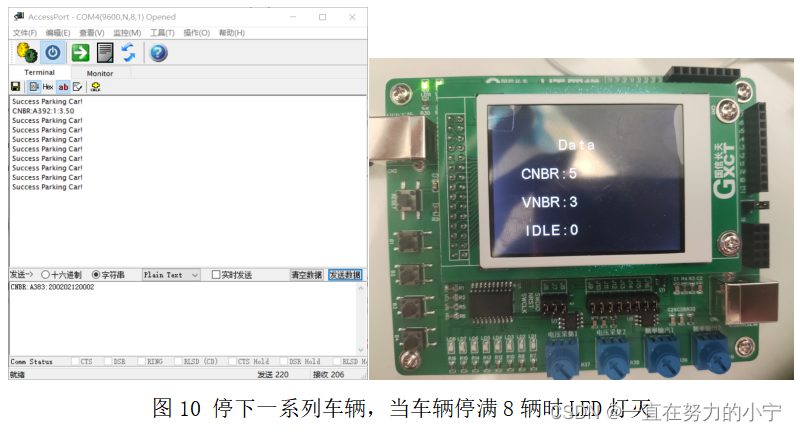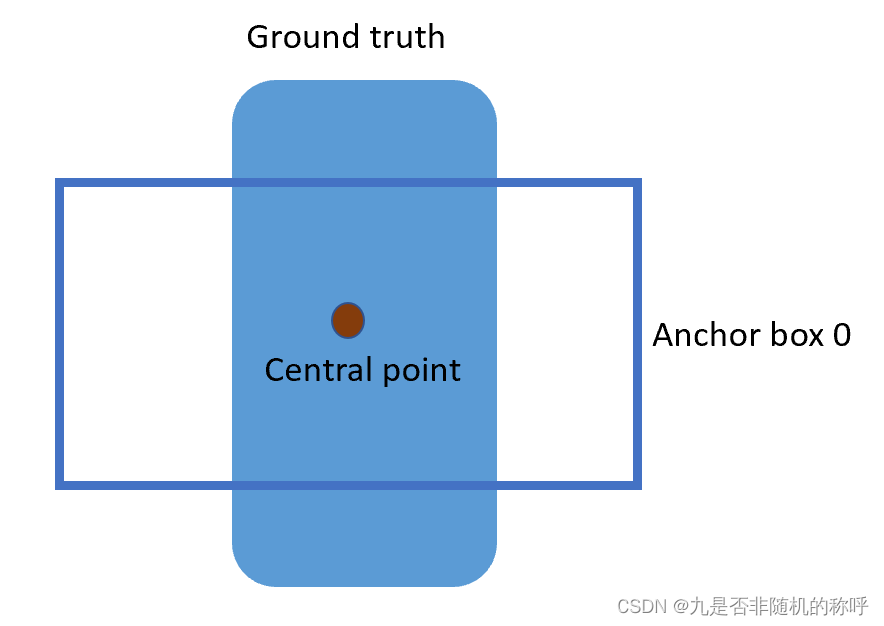数据集下载链接是Human Activity Recognition Using Smartphones
train、test文件夹中分别包含训练和测试的文件,这里使用train中的数据进行增量学习模型,test中的数据用来测试
首先读取数据:
import numpy as np
from sklearn.linear_model import SGDClassifier
import matplotlib.pyplot as plt
plt.rcParams['font.sans-serif'] = ['SimHei'] # 指定默认字体
plt.rcParams['axes.unicode_minus'] = False # 解决保存图像是负号'-'显示为方块的问题
x_train=[]
f=open(r'./X_train.txt','r')
for i in f.readlines():
i=i.strip()
temp=i.split(' ')
while '' in temp:
temp.remove('')
x_train.append(temp)
f.close()
x_train=np.array(x_train)
x_test=[]
f=open(r'./X_test.txt','r')
for i in f.readlines():
i=i.strip()
temp=i.split(' ')
while '' in temp:
temp.remove('')
x_test.append(temp)
f.close()
x_test=np.array(x_test)
y_train=[]
f = open(r'./y_train.txt', 'r')
for i in f.readlines():
i = i.strip()
y_train.append(i)
f.close()
y_test=[]
f = open(r'./y_test.txt', 'r')
for i in f.readlines():
i = i.strip()
y_test.append(i)
f.close()
print(x_train.shape,end=' ')
print(x_test.shape,end=' ')
print(len(y_train),len(y_test),set(y_train+y_test))
输出结果为:
(7352, 561) (2947, 561) 7352 2947 {'4', '5', '3', '1', '2', '6'}
开始增量训练:
x_train=x_train.astype(np.float32)
x_test=x_test.astype(np.float32)
classes=np.unique(y_train+y_test)
interval=100
start=0
sgd_clf = SGDClassifier()
x_axis=[]
y_axis=[]
for i in np.arange(1,(x_train.shape[0]//interval+1),1):
end=min([i*interval,x_train.shape[0]])
X=x_train[start:end]
Y=y_train[start:end]
sgd_clf.partial_fit(X,Y,classes=classes) #
start=end
# print("{} time".format(i)) # 当前次数
score=sgd_clf.score(x_test, y_test)
# print("{} score".format(score)) # 在测试集上看效果
x_axis.append(i)
y_axis.append(score)
0.3505259586019681 score
0.49338310145911096 score
0.4832032575500509 score
0.497794367153037 score
0.46623685103495077 score
0.4696301323379708 score
...
绘制迭代次数-score图:
plt.figure()
plt.plot(x_axis,y_axis)
plt.xlabel('迭代的次数')
plt.ylabel('score')
plt.tight_layout()
plt.savefig('./score.png',bbox_inches='tight')
plt.show()

参考内容:
使用sklearn进行增量学习
sklearn.linear_model.SGDClassifier — scikit-learn 1.0 documentation







